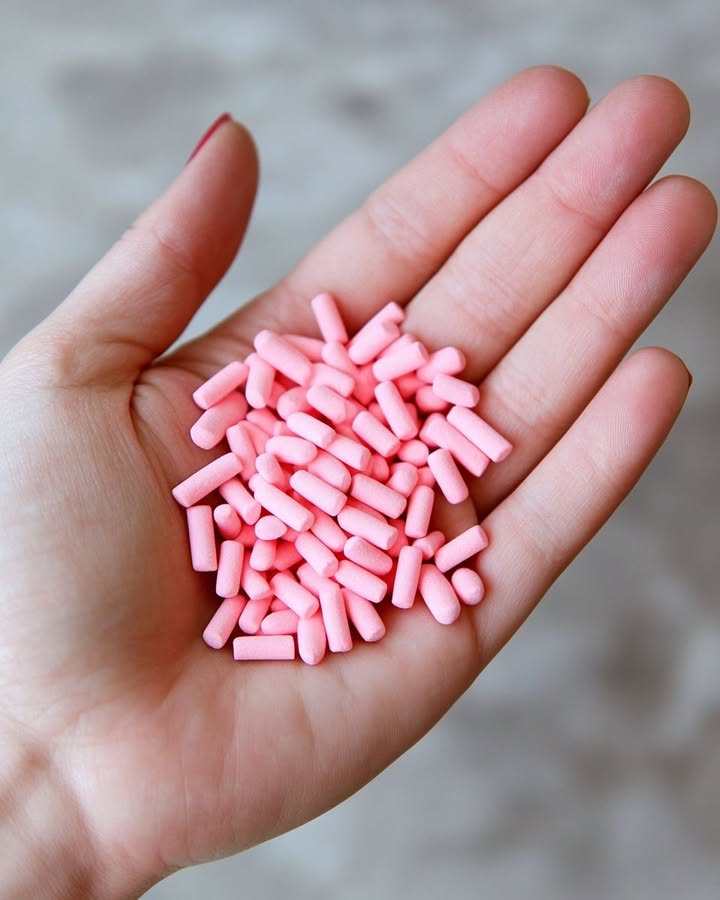Strange Pink Pellets in Your Yard? What You Need to Know

Finding unidentified objects in your yard can be unsettling, especially when you have young children or pets. Recently, some homeowners have reported encountering small, pink, chalk-like pellets scattered on their property. These odorless, lightweight pellets may seem harmless at first, but their presence raises important safety concerns. This article explores what they might be, whether they pose a risk, and the steps you should take if you find them.
What Are These Pink Pellets?
These pellets are typically small, cylindrical, and have a powdery texture. Their bright pink color makes them stand out against natural outdoor elements. While they may appear innocuous, their presence can indicate something more concerning—particularly if they are found in areas accessible to pets or children.
The Link to Rodent Poison: What Is Brodifacoum?
One possible explanation for these pellets is rodenticide, specifically those containing Brodifacoum, a powerful anticoagulant used to control rodent populations. This chemical disrupts blood clotting, leading to internal bleeding in rodents. Unfortunately, if ingested by non-target animals or humans, it can have severe health consequences.
Why Are Rodenticide Pellets Pink?
The bright pink color serves two primary purposes:
- Warning Signal: The vibrant shade acts as a visual cue that the substance is not food, discouraging accidental ingestion by larger animals and humans.
- Easy Identification: Pest control professionals and homeowners can quickly recognize the pellets as rodent bait, allowing for proper handling and disposal.
How Are These Pellets Used?
Rodent control products are typically placed in areas where rodent activity is common, such as basements, sheds, and along fences. These baits are often housed in tamper-resistant stations to prevent accidental access by pets and children. However, if pellets are found scattered in your yard, they may have been misplaced, carried by rodents, or improperly applied.
Are These Pellets Dangerous to Pets and Children?
Yes—if ingested, rodenticides containing Brodifacoum can be highly toxic. Potential symptoms of poisoning include:
- In Pets: Weakness, difficulty breathing, unexplained bleeding (from gums, nose, or urine), or lethargy.
- In Children: Nausea, dizziness, unusual bruising, or prolonged bleeding from minor cuts.
Immediate medical or veterinary attention is crucial if ingestion is suspected.
What Should You Do If You Find Pink Pellets?
If you discover these pellets in your yard, take the following steps to ensure safety:
- Keep Children and Pets Away – Prevent access to the area immediately.
- Use Gloves to Collect the Pellets – Place them in a sealed container to avoid direct contact.
- Consult a Pest Control Professional – They can confirm whether the pellets are rodenticide and determine the best course of action.
- Inform Your Neighbors – They may have also found similar substances and should be aware of potential risks.
- Seek Emergency Care if Needed – If a pet or child has ingested the pellets, contact poison control, a veterinarian, or a doctor without delay.
Final Thoughts: Prioritizing Safety
The unexpected discovery of pink pellets in your yard is not something to ignore, especially when children and pets are involved. By understanding what these pellets might be and their potential dangers, you can take swift action to remove them and prevent harm. Keeping a watchful eye on your surroundings and consulting professionals when needed will help ensure your home remains a safe environment for everyone.